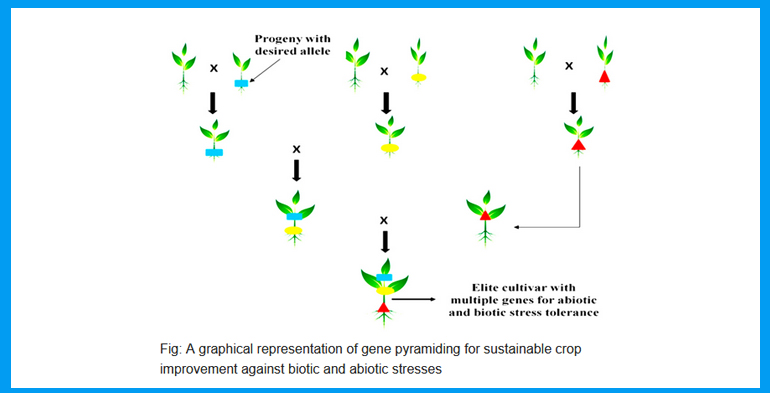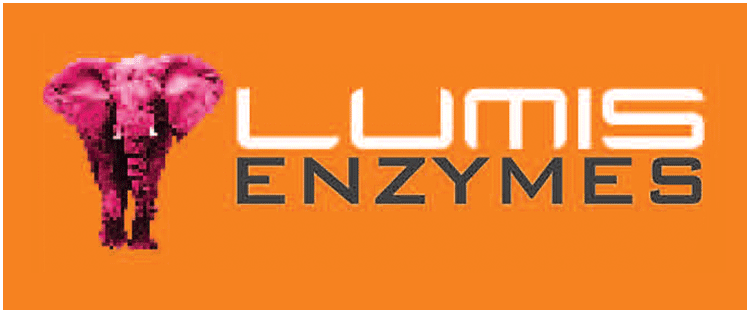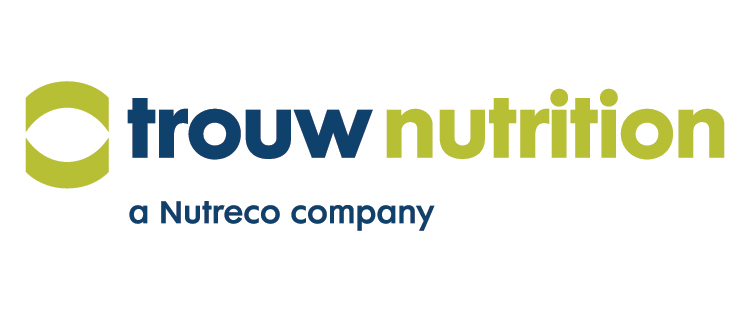
Dr. Md. Monirul Islam: Marker-assisted backcrossing (MABC), a simplified version of marker-assisted selection, is now commonly used in molecular breeding. Marker-assisted backcrossing targets one or more genes or QTLs transferred from one donor parent into another superior cultivar or genotype to improve a targeted trait. Contrary to conventional backcrossing, MABC depends on the alleles of a marker linked with desirable genes or QTLs instead of phenotypic performance. Through MABC, the outcomes can be obtained within a shorter period (about two years).
Markers are helpful in the backcross selection for the desired alleles or genes, which are difficult to select based on phenotypic observations, such as the pyramiding of disease and pest resistance genes in a specific genotype, where these may overlap each other’s effect epistatically. Markers may be used for the selection of some progeny where recombination occurs near the targeted gene containing the allele with some DNA of the donor plant. These have a vital role in backcross breeding for the pyramiding of two or more genes linked with desired stress tolerance.
This technique is considered the most suitable because it is less time-consuming and the fixation of genes is certain. However, the success or failure of this technique depends on many factors, such as the distance between the closest markers and the target gene, the number of target genes, the genetic base, the genetic background in which the target gene is manipulated, and the marker type. If proper selection criteria are maintained, then MABC-based gene pyramiding can produce durable and sustainable crop improvement.
Writer: Senior Scientist, ASRBC, ACI Seed





















